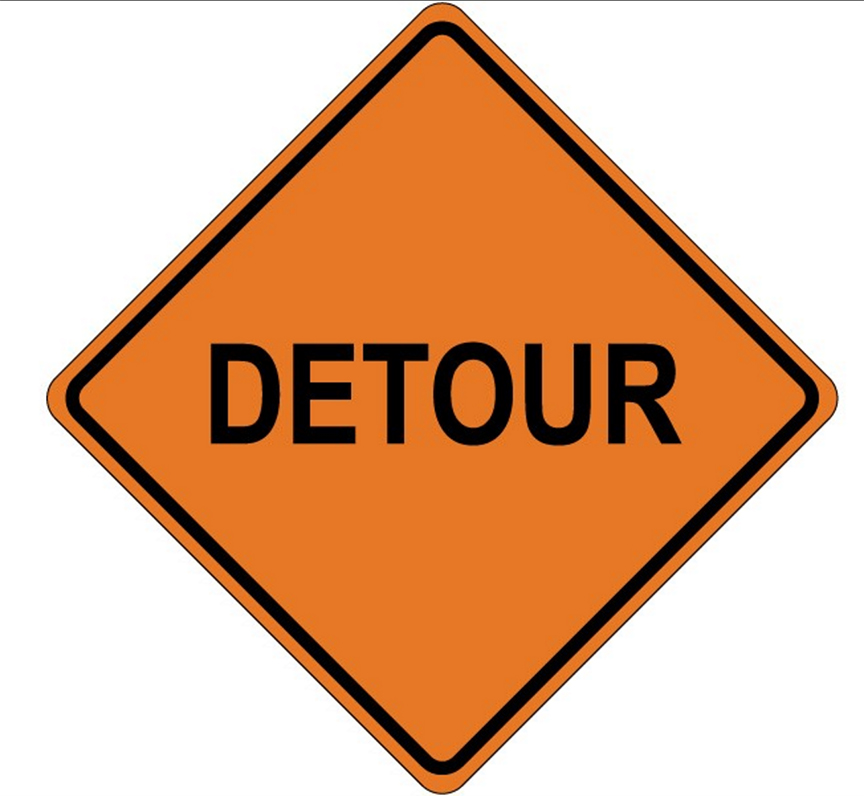

Texts typically list numerous evolutionary vestiges of humans-the ‘tail bone’ (coccyx), vermiform appendix, ‘goose bumps’ and body hair, ear muscles, wisdom teeth-along with those of other animals, including dewclaws in dogs, pelvic/leg bones in whales, and vestigial eyes of many cave animals, but the developmental dimension is typically ignored. In addition, this expanded treatment might include not only vestiges in the evolutionary but also the developmental sense, which is seldom explored. A broader definition might be applied that involves any trace of a former state, including non-functional features or those with greatly reduced function or a slightly or mostly different function as well as those that have not changed in function (if they ever had one). In standard textbook definitions vestiges are no longer functional. In biological terms, they reveal former evolutionary and developmental conditions, and in this way they offer valuable keys to unlock the past. Like actual footprints, vestiges offer glimpses of what was once there but is no longer present. Vestiges (from the Latin vestigium, for footprint) reveal traces of prior states. Life is a dynamic process, and organismal structures disclose the history of the two principal levels of biological change: evolutionary and developmental. These holdovers are useful in differentiating and relating concepts of phylogeny and ontogeny as well as revealing benefits of historical reasoning in understanding patterns and processes of organismal change. This paper presents examples of developmental remnants, which often involve circulatory and reproductive alterations, and discusses numerous other retained or reappearing historical holdovers in ways that reveal the unfolding dynamic interaction between genotype and phenotype. To avoid confusion, the term vestige should be reserved for true evolutionary holdovers. In addition to remnants of evolutionary change, traces of developmental change likewise exist, and it is important to distinguish embryonic remains from true evolutionary vestiges because people confuse evolutionary and developmental changes. Such features include not only anatomical structures but also physiological processes, biochemical reactions, and even behaviors. Tire mount piece came damaged so i could only use 3 out of the 4 bolt holes.Vestigial features of humans and other organisms are well known and have long been used as key evidence for evolution. Installing the Wilco back on before the next trip so i won’t have to worry about the carrier swinging like a dingy in rough waters even while just driving in a city… Should’ve just bought a Rigd or rear bumper I contacted them and they suggested i find somebody with a vice to try and straighten it out… Tire mount piece came damaged so i could only use 3 out of the 4 bolt holes. 15” of spacing all around the hitch part making this thing loser than anything else I’ve seen Waited 10 months, originally 10 weeks…, for it to come with just primer on it Squeaks like crazy when you open it cause the swing out arm has a portion that sits directly on top of the main support, metal on metal and just eats away at any paint. Carrier wobbles to the push of a finger


The hex key adapter used to tighten the anti-wobble device is softer than warm butter and strips with little to no effort Does not sit level when you open it so if you did manage to mount a table, everything will roll off it Cannot easily mount a front runner table onto it I was wrong.ĭetours of Maine is a terrible tire carrier. Saw the Detours of Maine carrier and thought it be exactly what i was looking for…. I had a Wilco that worked well but i wanted something to sit closer to the body. Get a Rigd if you want something closer to the body and not be a total waste of money like the Detours of Maine carrier.


 0 kommentar(er)
0 kommentar(er)
